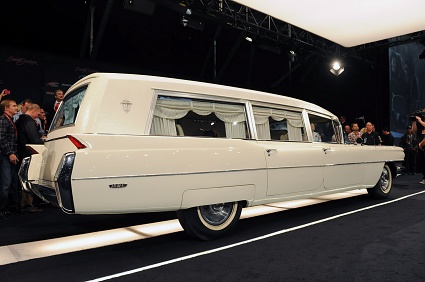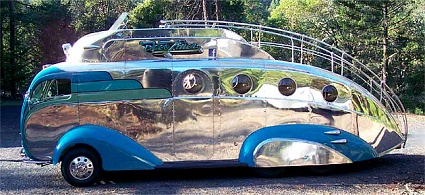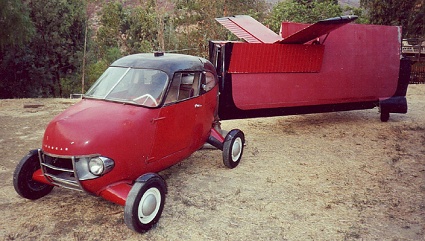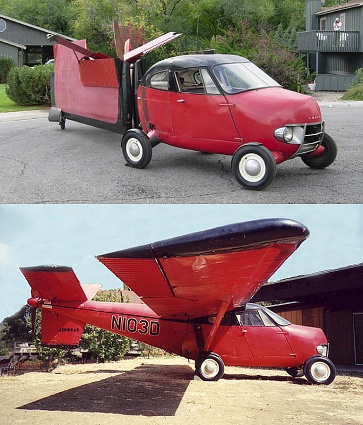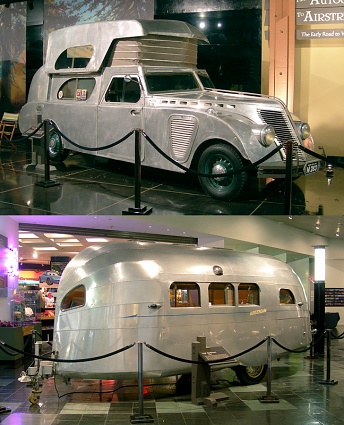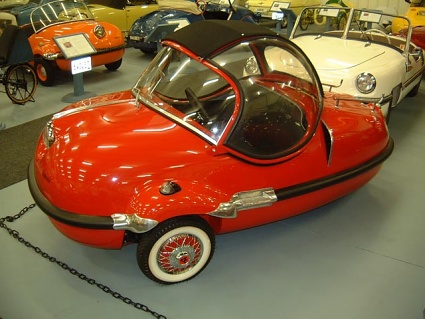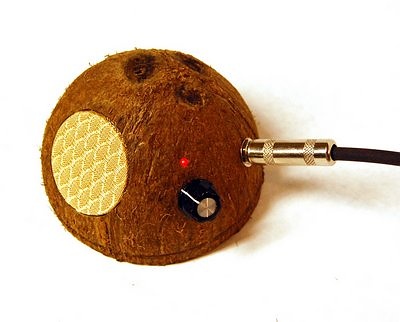The 1964 Cadillac hearse that carried the body of President John F. Kennedy after his assassination, mentioned in a post last week, sold over the weekend for $160,000. (Video below.)
The hearse was made famous when it transported the body of John F. Kennedy, and his wife Jacqueline, from Parkland Memorial Hospital to Dallas Love Field, where Air Force One was parked.
The vehicle's seller previously put the vehicle up for auction in 2007 with a reserve price of $1 million, but the bid reached only $900,000 before auction's end. Of course, that still would have been $740,000 more than what it earned on Saturday.
In retrospect, that makes it an absolute steal for Saturday's winning bidder, Stephen Tebo, who says he plans to display the hearse in a yet-to-be-built car museum along with 400 other vehicles he already owns. Tebo expects to open the museum in the Boulder, Colorado, area in about 10 years. ... Continued




